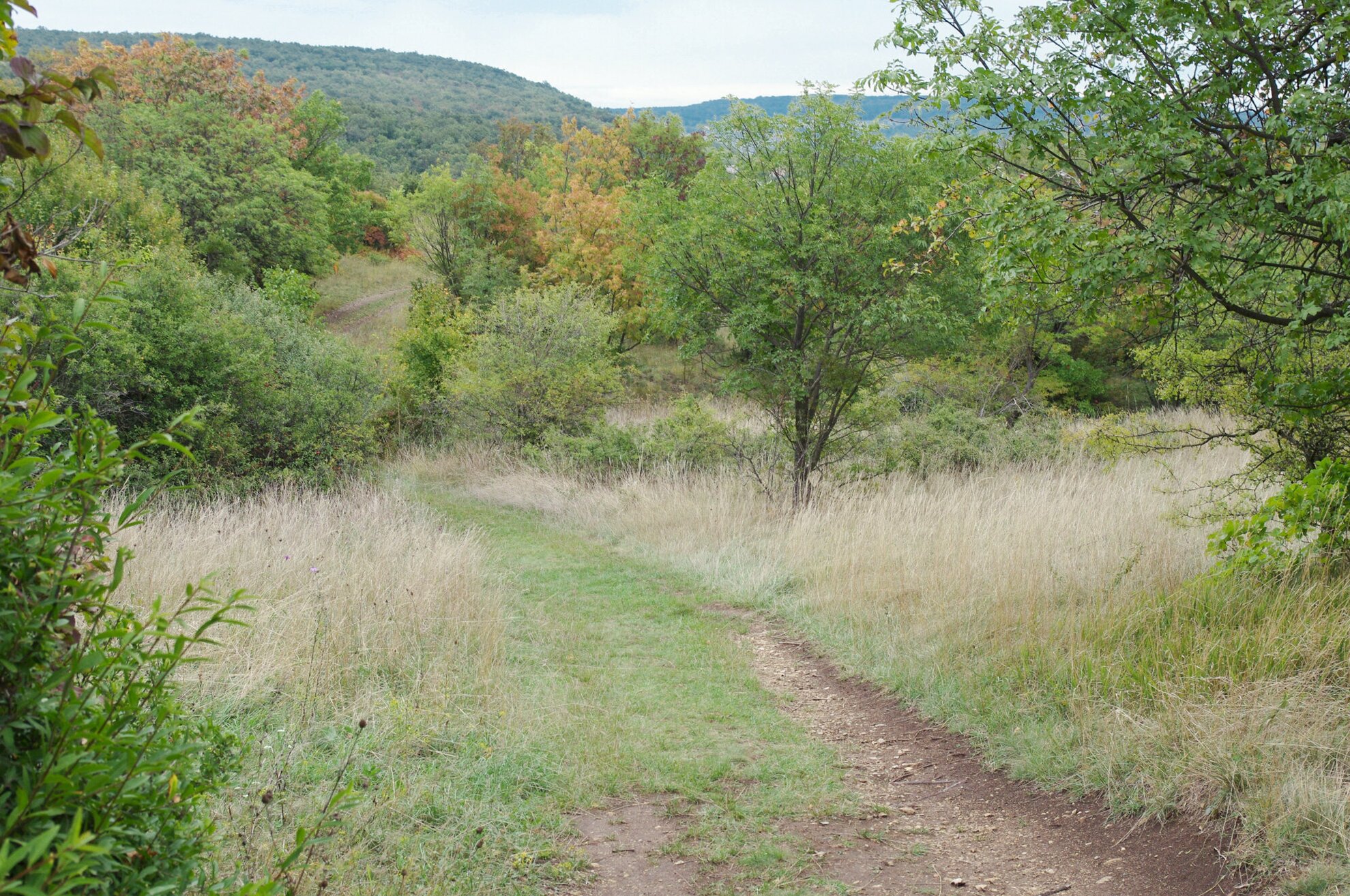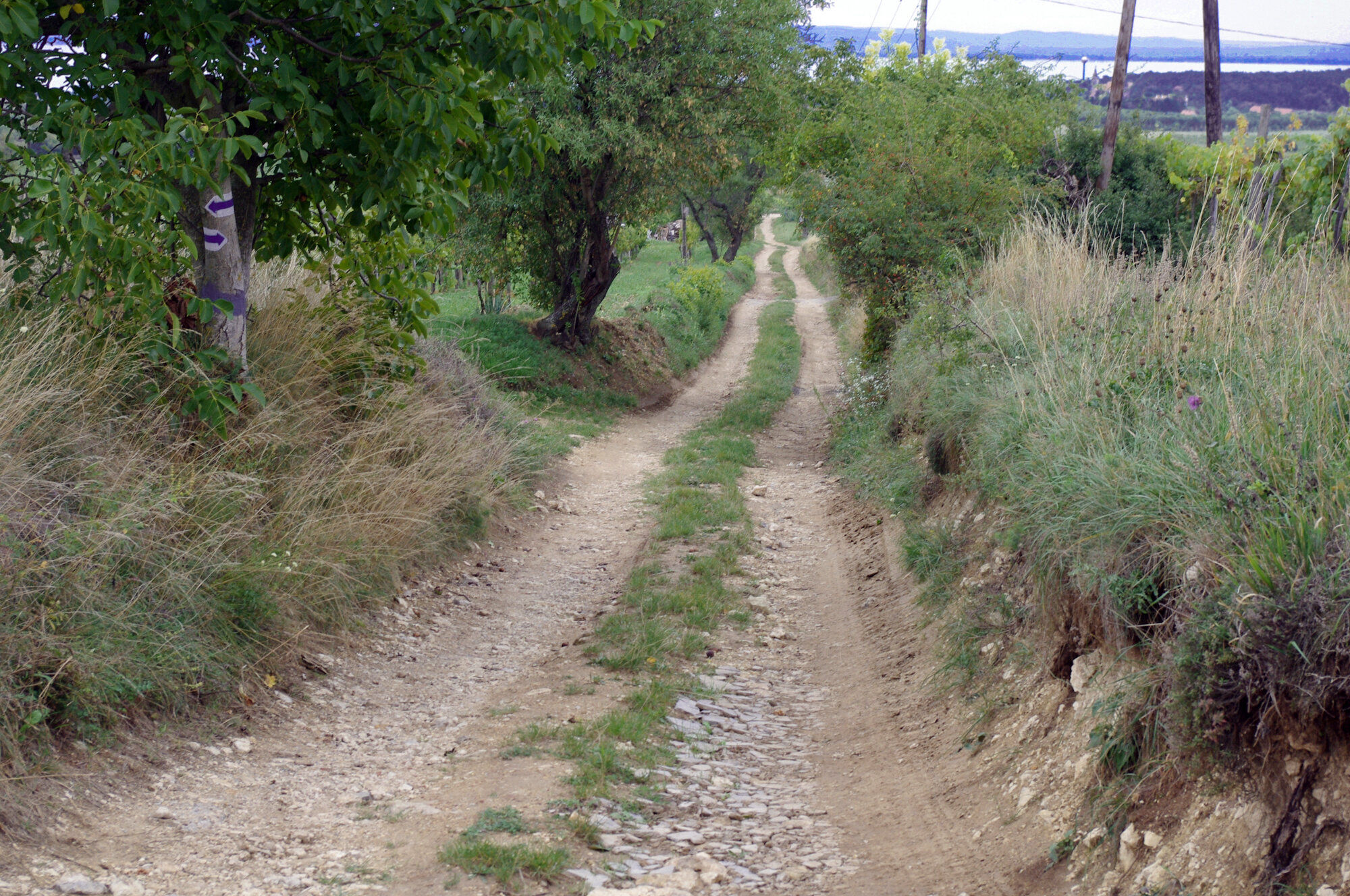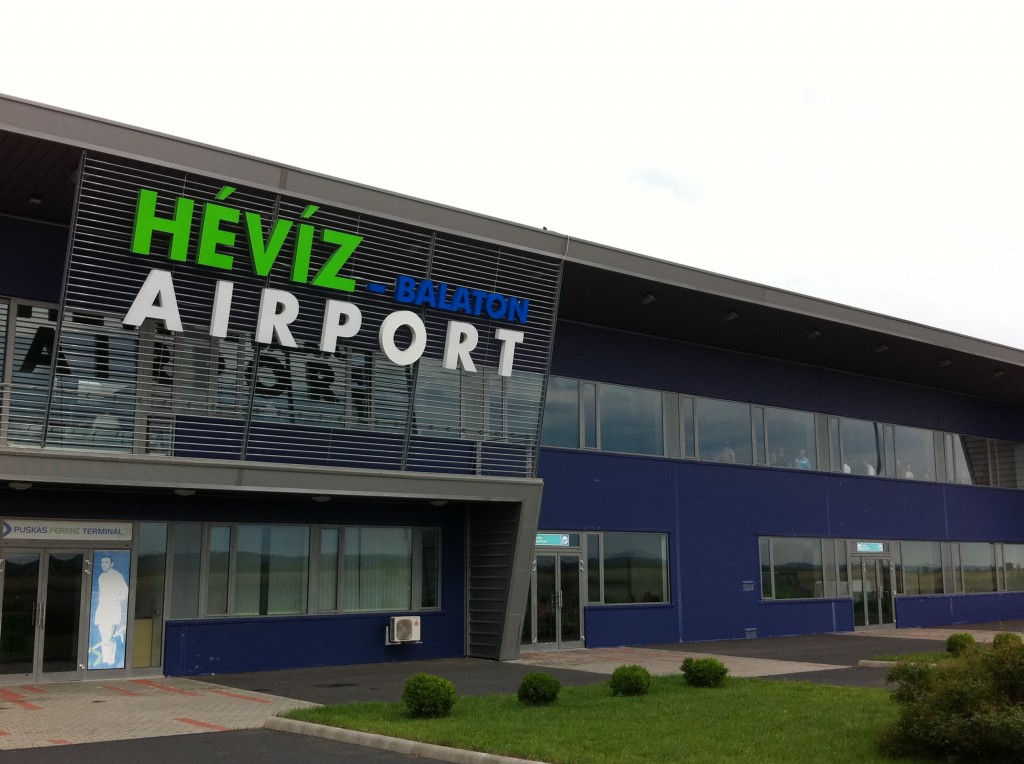We’ve traversed the area around Hegyestű by car many times over the years, and we’ve done countless laps around the lake on our bikes, but we haven’t really thought much about hiking here before. It's worth noting, however, that the Balaton Uplands are full of hiking trails ranging from easy to super challenging, so get out there, take a stroll among the wonderfully rustic press houses and enjoy the glorious landscape.
We started our trip in Szentantalfa, a more peaceful spot about 5 km from the beach, and set out to explore the area like we’ve never done before. Make sure you don’t leave the village without visiting the 18th century chapel of the three historical churches, the old well right at the end of Kút Street and the washing house, which is where some of the village’s inhabitants used to get their drinking water from.
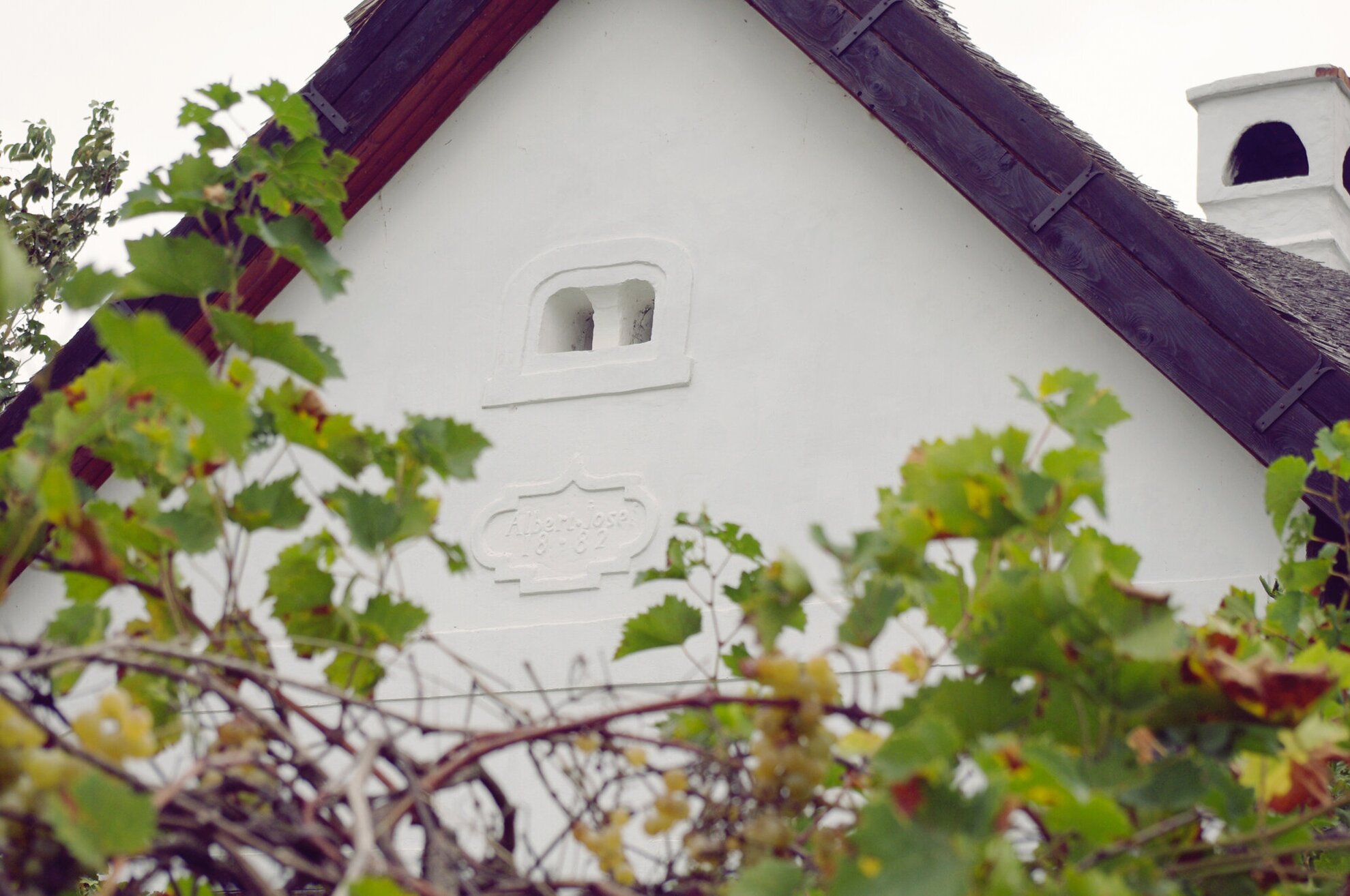
After exiting the village, follow the blaze of “Balatoni Kéktúra” (Balaton Blue Tour) toward Tagyon Hill. The trail runs to the south of “Országos Kéktúra” (National Blue Tour), but it’s lined with posts bearing an identical sign, a blue stripe in a white rectangle. Go around the foot of Hangyás-tető (338 m) from a southerly direction until you reach the Tagyon Estate, and stop to restock on calories with some homemade syrup, a platter of Salföld ham and artisanal goat cheese or some delicious lecsó from vegetables grown in the estate’s very own garden.
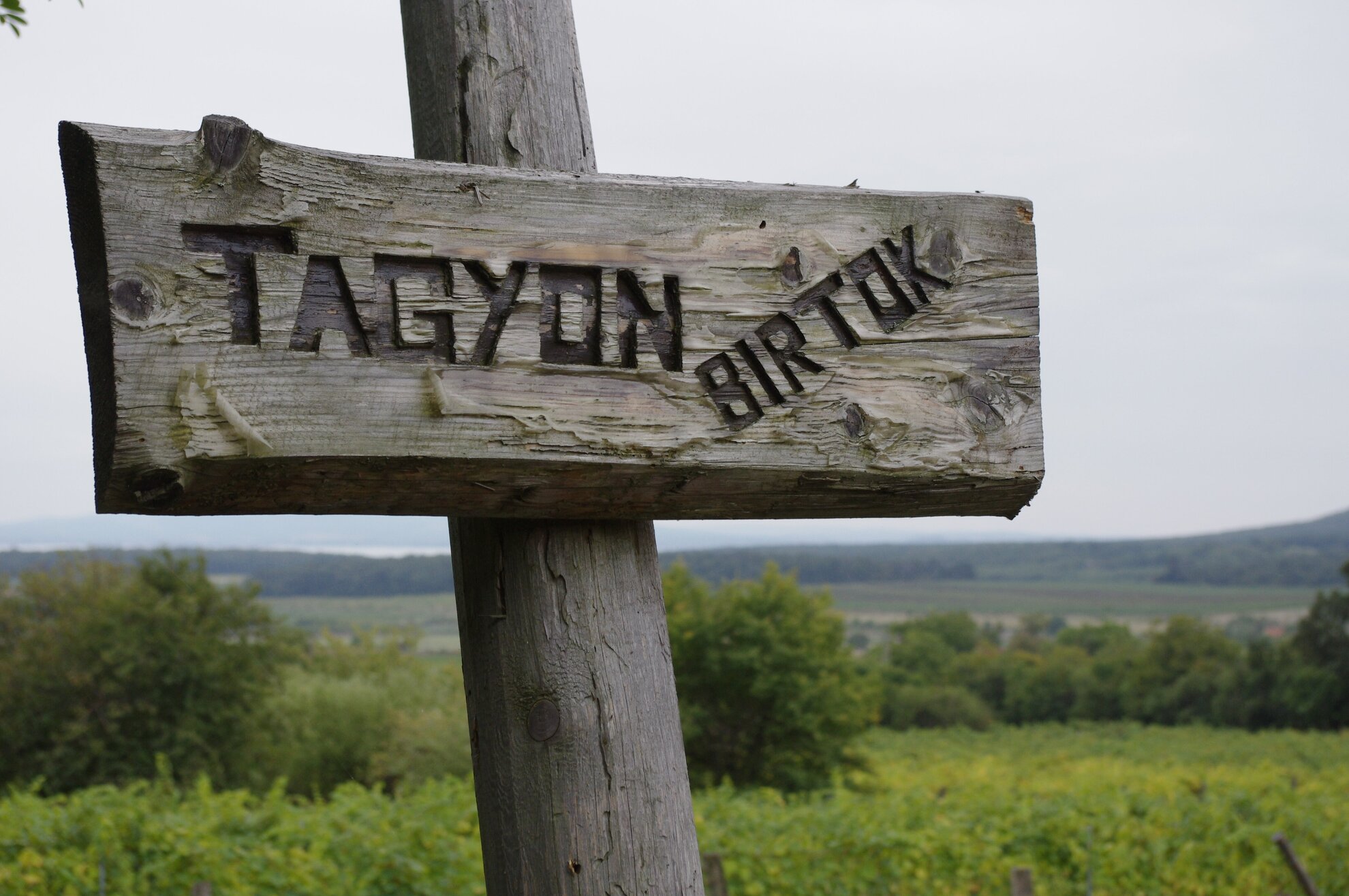
Continue the trip toward Hegyestű (337 m), and take a look at the unique karst shrub forest covering the Tatra-like hillside as you ascend to the top. Once you’ve reached the summit, you can check out the Hegyestű Geological Site to learn about the history of the majestic monadnock. Unlike Gulács, Hegyestű has lost its original cone shape due to basalt mining, which has left the inner structure of the hill exposed, including the solidified basalt column inside the volcanic vent.
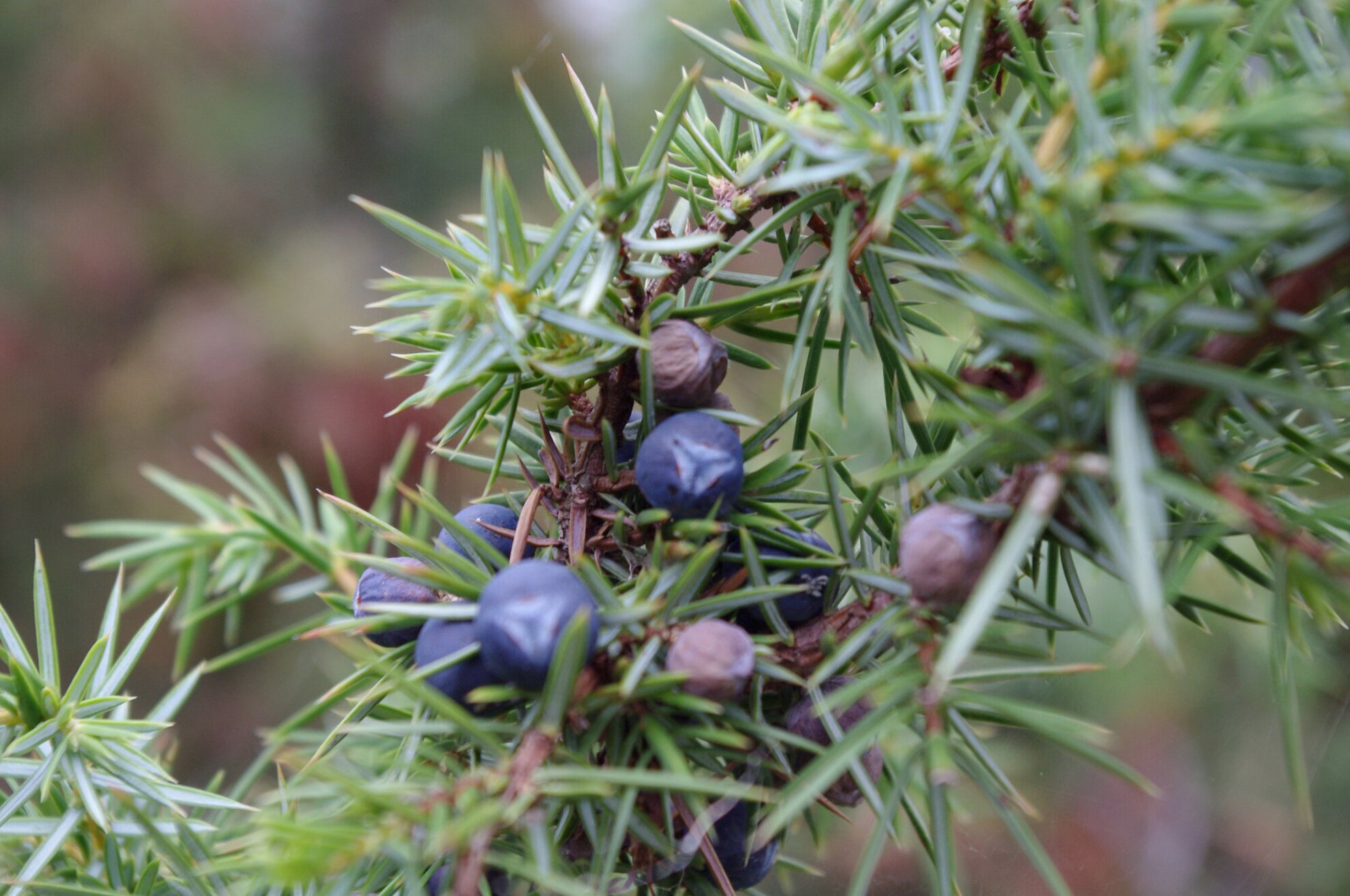
If you feel like you’ve accumulated enough knowledge about the area, continue your journey on the blue trail. After a few hundred meters, you’ll arrive at the intersection of the blue and yellow trails where you can make a detour to visit the remote, yet beautiful village of Monoszló and the Árpád era church of the local Reformed congregation, or walk all the way to Balatonhenye. You can return to the intersection following the yellow blaze, and continue on the blue trail, walking a kilometer or so along the nearby road – it’s not the most beautiful section of the trip, but traffic in the area is quite slow at least.
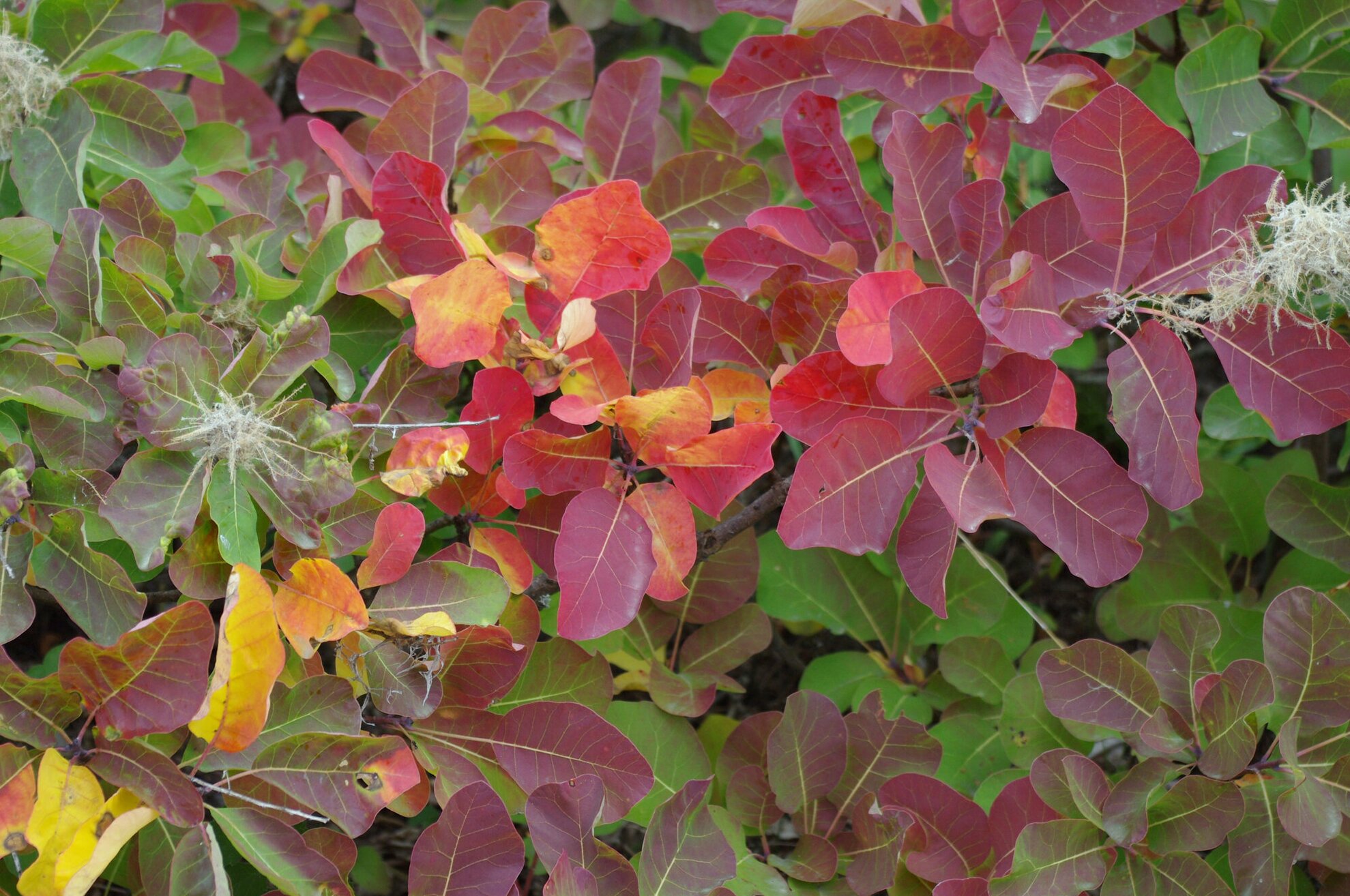
When you come up to the road linking Zánka and Köveskál, make a left toward Zánka, and walk about 200 meters to reach the Orbán Cross and the Mária Pilgrimage Route. From this point, continue toward the hill and the Tagyon Estate once again, hiking parallel to the blue trail. The colorful trees, atmospheric vineyards and venerable cellars you pass by on your way will make the trip especially memorable, and if you visit during the fall period, you might also catch a glimpse of local winemakers getting the harvest in. By following the very same trail, you’ll eventually arrive at Tagyon village, which – similarly to Szentantalfa – has a selection of top-quality wine cellars, so you might want to consider rounding off the hike with a pleasant wine tasting session.
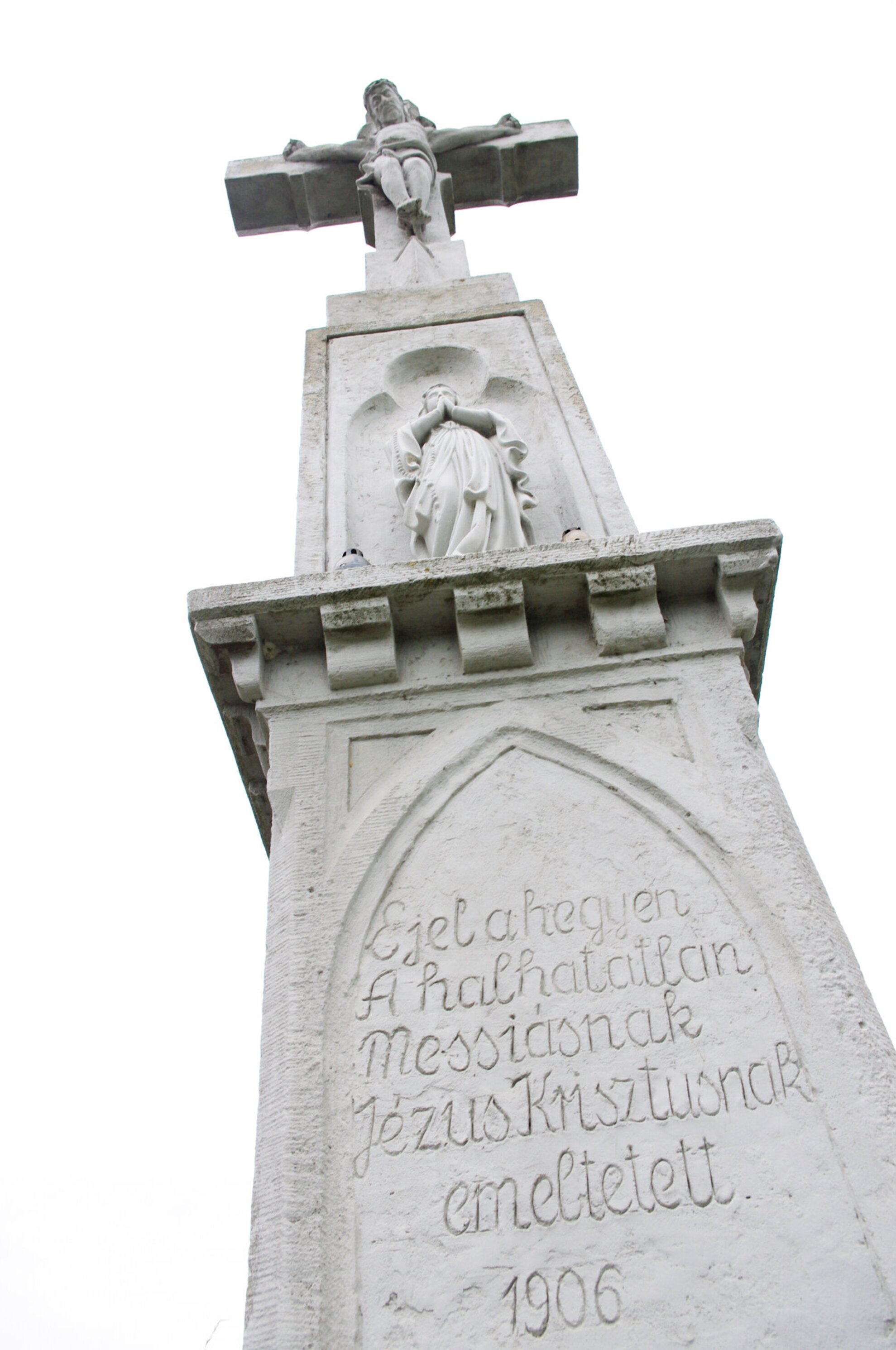
Those with no access to a car can still embark on this scenic journey: take the train from Budapest to Zánka-Köveskál, and if you catch the one leaving Déli Railway Station at 6:30am, you can arrive by 9:18am (one full-price ticket costs 2,830 HUF). Exit the railway station, and follow the yellow trail along Rákóczi Road while marveling at the 12th century Reformed church perched on a nearby crag or the local rural heritage building called “tájház”.
